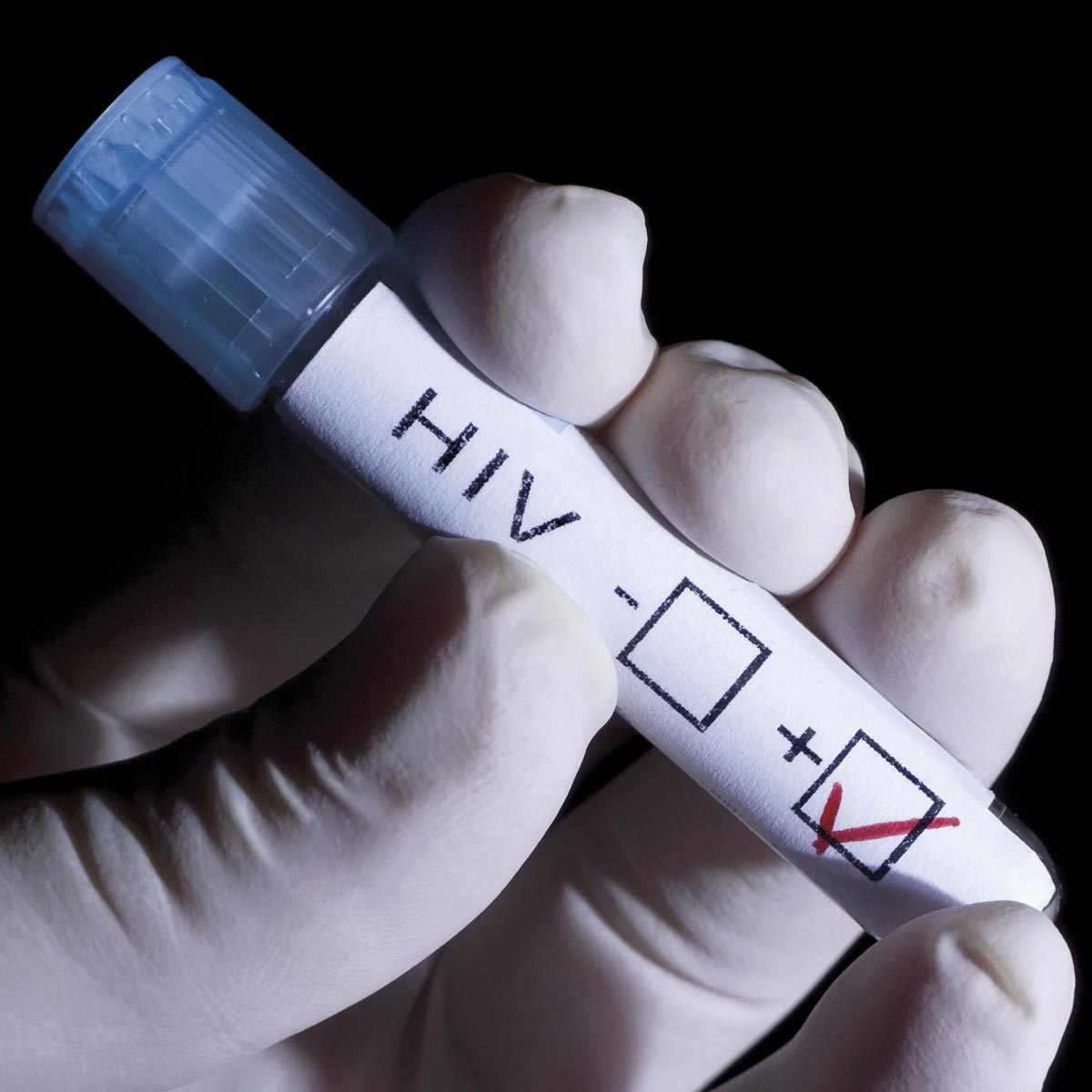 The fight against HIV has taken a new direction with PrEP, which alongside other measures intends to reduce HIV incidence, transmission, mortality and morbidity.
The fight against HIV has taken a new direction with PrEP, which alongside other measures intends to reduce HIV incidence, transmission, mortality and morbidity.

Since the disease spectrum began to emerge in the 1980s in America where cases of cancers and opportunistic infections were spreading, HIV remains a serious infectious disease threat, years after the virus was discovered in 1983.
According to UNAIDS statistics, it is estimated that, from the beginning of the epidemic, about 76 million people have been infected with HIV and about 35 million people have died from AIDS-related illnesses. In 2016, there were 36 million people living with HIV and statistics reveal that about 1.8 million people are being newly infected with HIV.
In Australia, there were 26,444 people living with HIV at the end of 2016. About 11% are unaware of their HIV status which can result in late diagnoses. High risk groups such as men who have sex with men (MSM) account for 70% of the diagnosis. Heterosexual sex accounts for about 20% with people from high-risk areas such as Sub-Saharan Africa accounting for half of these cases. Other at-risk populations such as transgender and injecting drug users account for the rest. Roughly 1000 cases of newly diagnosed HIV are reported every year in Australia.
Safe sex practices such as condom usage, clean needle exchange, post-exposure prophylaxis, education about HIV and encouraging more testing for HIV has not yielded the effect needed to decrease transmission worldwide. New approaches are needed to tackle the epidemic. In the past decade, HIV prevention has focused on Treatment as Prevention (TasP) and also Pre-exposure Prophylaxis(PrEP)
In the case of PrEP, initial trials were promising showing a reduction of HIV transmission around 40-60% in both MSM and heterosexuals. However, the outcome of two major MSM trials was able to show 86% reduction in HIV transmission. This changed the landscape for PrEP and also HIV prevention. For the first time, un-infected people have a choice to take a medication that will be highly effective in preventing them from acquiring HIV before an exposure, especially in high-risk populations.
Adherence to taking PrEP is the key to success. The fixed dose combination of Tenofovir Disoproxil/Emtricitabine (TDF/FTC) is currently licensed for use as PrEP and it is recommended that it is taken daily. PrEP is not envisioned to be a lifelong prophylaxis and a person’s lifestyle will greatly determine its usage.
With PBS listing approved (1 April 2018), more people can readily access PrEP by prescription and obtain the medication at their local pharmacy.
Key messages:
- Each year about 1000 new HIV cases are reported in Australia
- PrEP trials show 86% reduction in HIV transmission
- PrEP is PBS listed
Author competing interests- nil relevant disclosures. Questions? Contact the editor
Disclaimer: Please note, this website is not a substitute for independent professional advice. Nothing contained in this website is intended to be used as medical advice and it is not intended to be used to diagnose, treat, cure or prevent any disease, nor should it be used for therapeutic purposes or as a substitute for your own health professional’s advice. Opinions expressed at this website do not necessarily reflect those of Medical Forum magazine. Medical Forum makes no warranties about any of the content of this website, nor any representations or undertakings about any content of any other website referred to, or accessible, through this website.

